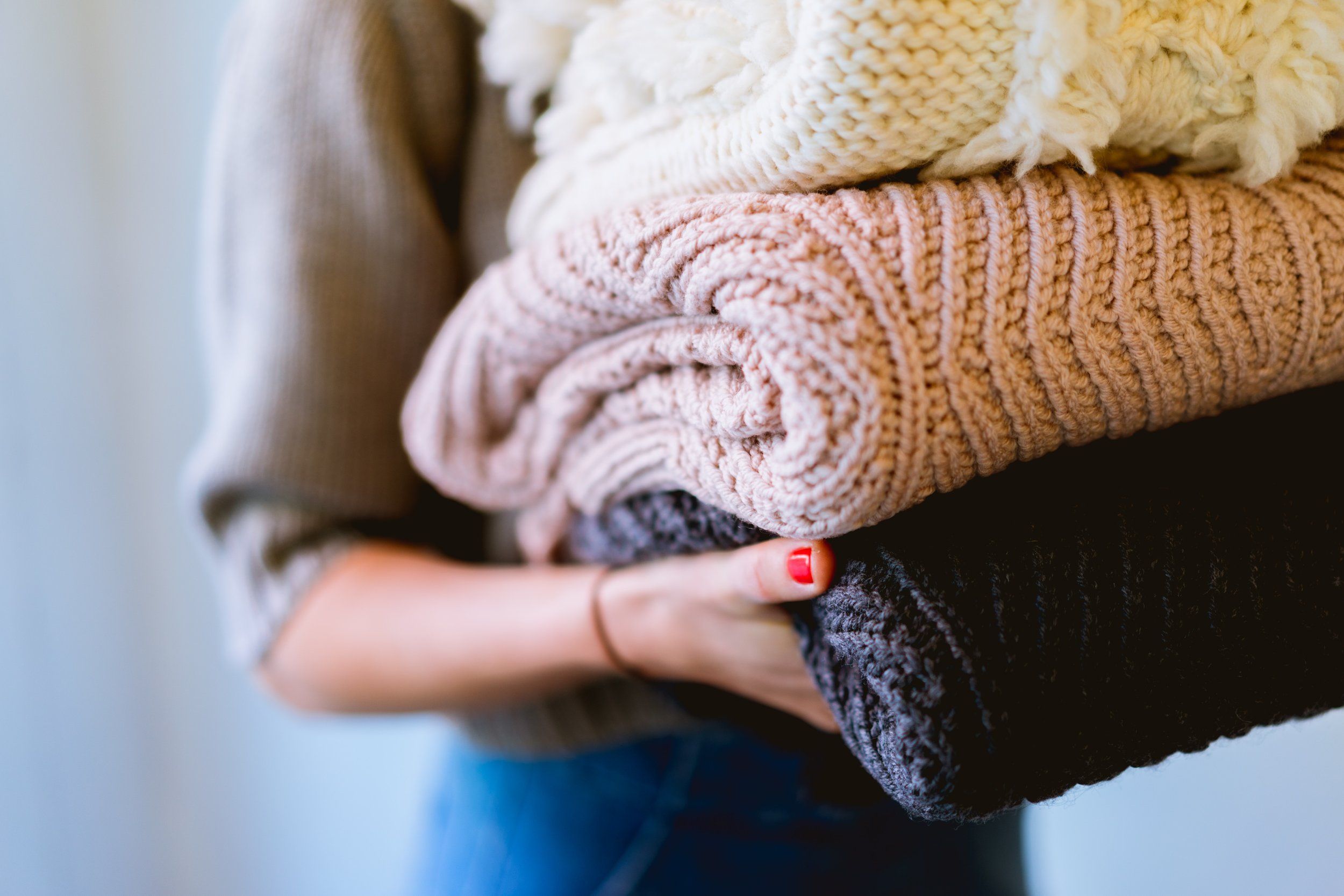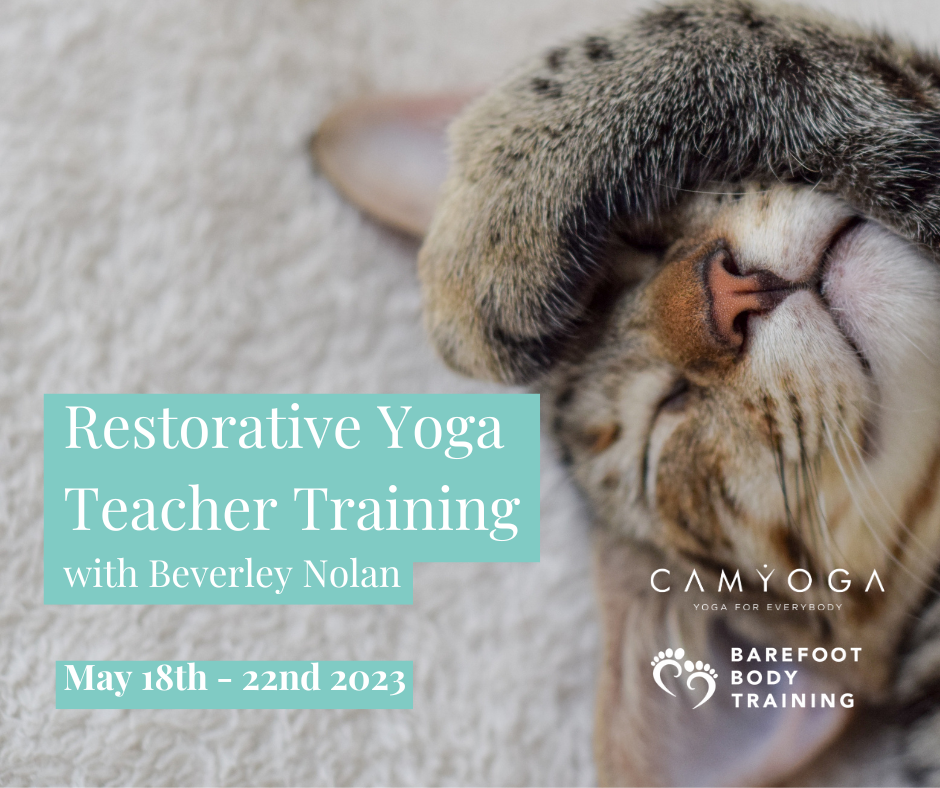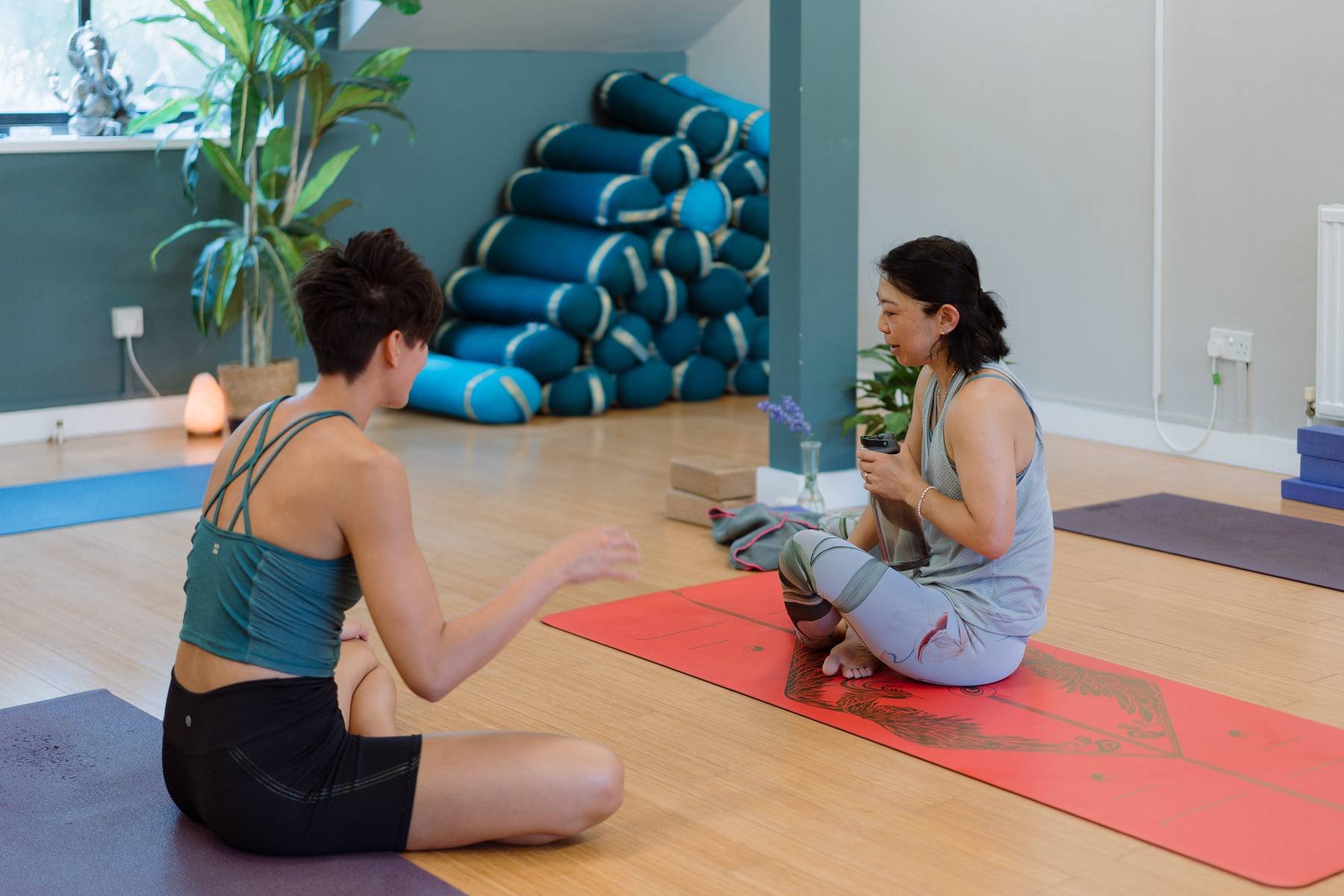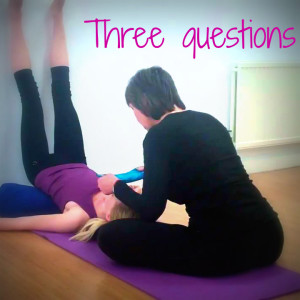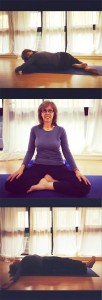This post was originally featured on the Barefoot Body Blog written by Beverley Nolan, view it here.
A prop-lite guide to blanket folding to enrich your restorative yoga practice for those that don't have the luxury of bolsters or blocks.
Blanket folding, or blanket origami, is a great tool when it comes to a restorative practice, particularly if you don’t have a cupboard load of props available at home.
Believe it or not, all blankets weren’t created equal. At least not when it comes to folding and rolling to support the body in restorative yoga forms.
Here are the types of blanket we recommend:
Cotton blankets and/or throws wash well and sustain their quality over time. Their softness and closely woven fibres mean they are quite firm and hold their shape well when folded offering you support as well as comfort
Wool blend blankets also hold their shape well depending on how finely woven they are.
Fleece blankets feel beautifully soft and fold well initially but given the texture of the fibres, they have a tendency to collapse which isn’t as beneficial when it comes to supporting the body
You may not have any of these blankets available but worry not, there are other prop-ready items you may have at home that will do the job.
bathroom towels that are made of cotton, particularly the big ones as they can be rolled into a replacement style bolster quickly and easily. Hand towels may also come in handy to support the back of the neck
flannels or face cloths are very useful as they are small and can be rolled into compact shapes
TOP TIPS FOR BLANKET ORIGAMI 💡
Use the right blanket — softly woven cotton
Take your time
Keep the material smooth
Be precise with your folds
Be ready to unfold and refold if it’s not quite right… It’s worth it!
We cover all blanket origami, prop-lite practice and more on upcoming IN-PERSON Restorative Yoga Teacher Training course with our training partner Barefoot Body held in our Central Cambridge studio. The next training course is coming up in May 2023. There is still time to apply.
Ready to get started with blanket origami?
We’ve put together a few instructional videos to give you inspiration and help you to get the right blanket shapes to fit your practice.
Latest blog posts
This post was originally featured on the Barefoot Body Training blog and written by Beverley Nolan, view it here.



